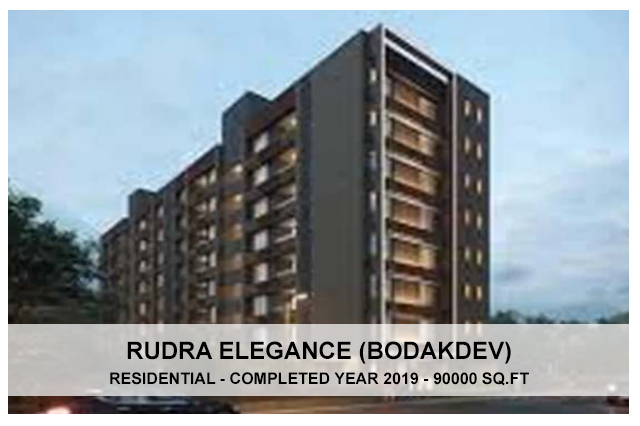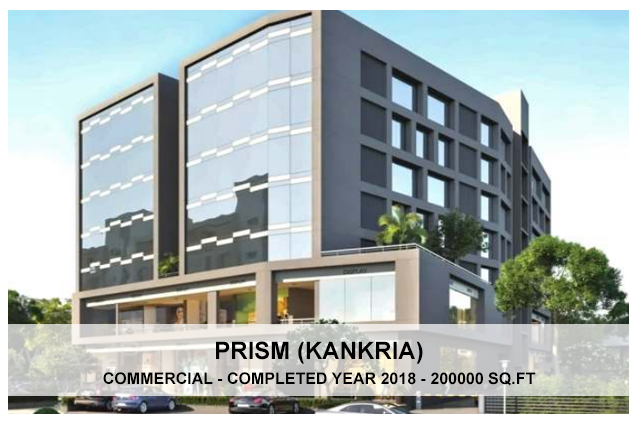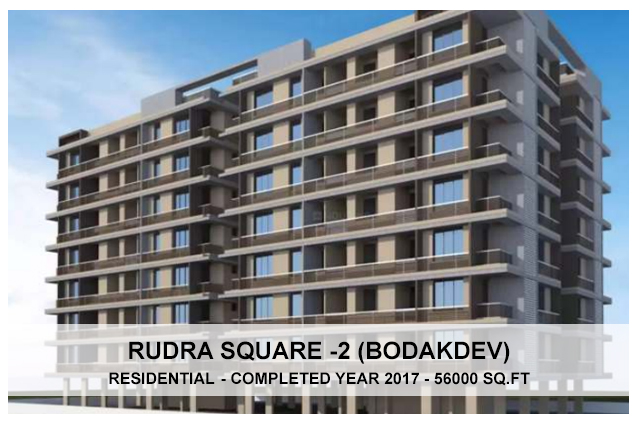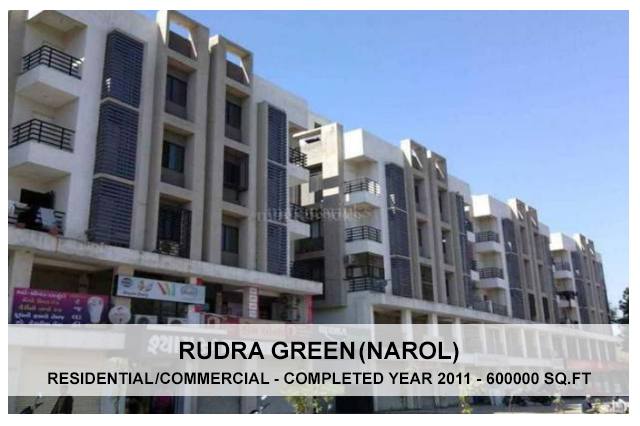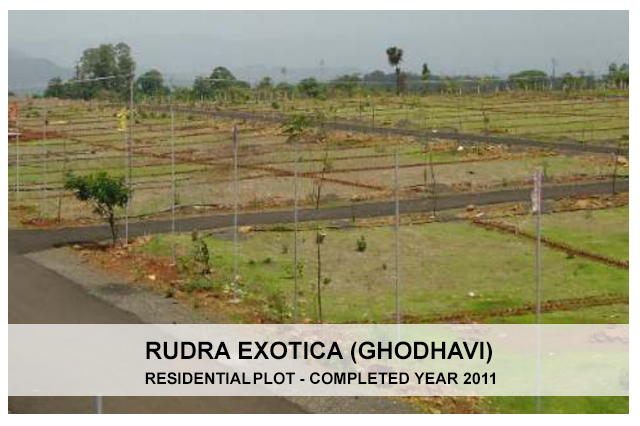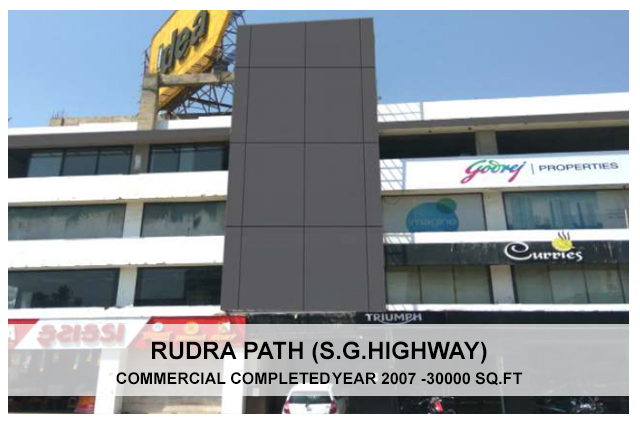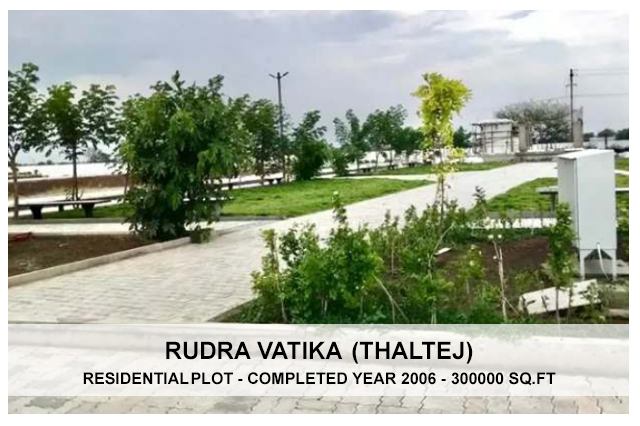Real estate in India
By 2040, real estate market will grow to Rs. 65,000 crore (US$ 9.30 billion) from Rs. 12,000 crore (US$ 1.72 billion) in 2019. Real estate sector in India is expected to reach US$ 1 trillion in market size by 2030, up from US$ 200 billion in 2021 and contribute 13% to the country’s GDP by 2025. Retail, hospitality, and commercial real estate are also growing significantly, providing the much-needed infrastructure for India's growing needs.
India’s real estate sector saw over 1,700 acres of land deals in the top 7 cities in 1 year. Foreign investments in the commercial real estate sector were at US$ 10.3 billion from 2017-21. As of February 2022, Developers expect demand for office spaces in SEZs to shoot up after the replacement of the existing SEZs act.
As per ICRA estimates, Indian firms are expected to raise >Rs. 3.5 trillion (US$ 48 billion) through infrastructure and real estate investment trusts in 2022, as compared with raised funds worth US$ 29 billion to date.
The office market in the top eight cities recorded transactions of 22.2 msf from July 2020 to December 2020, whereas new completions were recorded at 17.2 msf in the same period. In terms of share of sectoral occupiers, Information Technology (IT/ITeS) sector dominated with a 41% share in the second half of 2020, followed by BSFI and Manufacturing sectors with 16% each, while Other Services and Co-working sectors recorded 17% and 10%, respectively.
Around 40 million square feet were delivered in India in 2021. It is expected that the country will have a 40% market share in the next 2-3 years. India is expected to deliver 46 million square feet in 2022.
According to Savills India, real estate demand for data centres is expected to increase by 15-18 million sq. ft. by 2025.
In 2020, the manufacturing sector accounted for 24% of office space leasing at 5.7 million square feet. SMEs and electronic component manufacturers leased the most between Pune, Chennai and Delhi NCR, followed by auto sector leasing in Chennai, Ahmedabad and Pune. The 3PL, e-commerce and retail segments accounted for 34%, 26% and 9% of office space leases, respectively. Of the total PE investments in real estate in Q4 FY21, the office segment attracted 71% share, followed by retail at 15% and residential and warehousing with 7% each.
India’s gross leasing volume in the top 8 cities stood at 16.2 this was 12.4% quarter to quarter growth in 2021. India’s net absorption of the office market stood at 11.56 million square feet in quarter four of 2021. This was an 86% rise QoQ.
Between July 2021 and September 2021, a total of 55,907 new housing units were sold in the eight micro markets in India (59% YoY growth). In the third quarter of 2021 (between July 2021 and September 2021), new housing supply stood at ~65,211 units, increased by 228% YoY across the top eight cities compared with ~19,865 units launched in the third quarter of 2020.
In 2021-22, the commercial space is expected to record increasing investments. For instance, in October 2021, Chintels Group announced to invest Rs. 400 crore (US$ 53.47 million) to build a new commercial project in Gurugram, covering a 9.28 lakh square feet area.
According to the Economic Times Housing Finance Summit, about 3 houses are built per 1,000 people per year compared with the required construction rate of five houses per 1,000 population. The current shortage of housing in urban areas is estimated to be ~10 million units. An additional 25 million units of affordable housing are required by 2030 to meet the growth in the country’s urban population.


